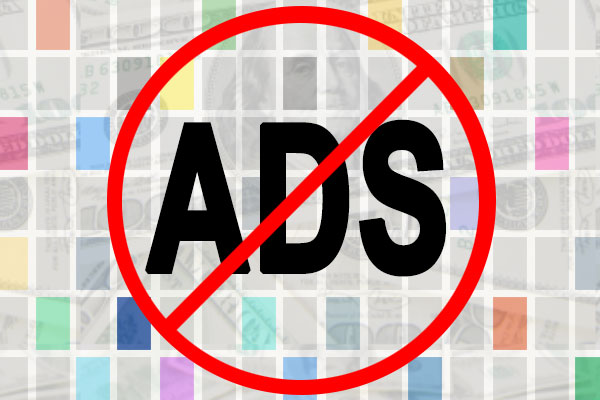At least 419 million people around the world are blocking advertising on their smartphones, according to a report PageFair released Tuesday.
Most of those people — 408 million of them — are using ad-blocking browsers, notes the report. The use of ad blockers doubled in 2015, and the use of mobile ad-blocking browsers increased 90 percent during the same year.
“The findings show that the platforms that publishers and advertisers had believed were safe from ad blocking are not necessarily safe,” said Johnny Ryan, head of ecosystem at PageFair.
“Ad blocking applies on the mobile Web and in-app,” he told the E-Commerce Times. “That is a surprise for many and a grim prospect for publishers in particular.”
Global Differences
There are major geographic discrepancies in ad blocker use, the researchers found. Ad blockers are more popular in emerging markets than in developed ones, for example, with 319 million active users blocking ads in China, India and Indonesia, compared to 2.3 million in the United States, and 3.7 million in the UK, France and Germany.
Ad-blocking browsers improve page speed and reduce bandwidth consumption on mobile, the report notes. Accordingly, they are adopted most rapidly in markets where mobile data infrastructure is less developed, and therefore slow or expensive relative to income.
“There’s real price sensitivity in emerging markets. That’s why you see extensive use of Web-blocking browsers in China, India and Indonesia,” observed John Carroll, a mass communications professor at Boston University.
“Advertising eats up data, time and battery life. It makes a phone less convenient to use,” he told the E-Commerce Times.
“There’s been user hostility to advertising on mobile for some time, and publishers and marketers have been cavalier about it,” remarked Greg Sterling, vice president of strategy and insight at the Local Search Association.
“What they’ve done is transfer the PC advertising experience to the small screen,” he told the E-Commerce Times. “They haven’t adapted their ads to the small screen.”
Half-Full Glass
While it’s common for trends to spread from developed markets to emerging ones, that might not be the case with ad blockers.
“The good news for North American advertisers is that ad blockers have penetrated only 2 percent of smartphones right now. The bad news is their time is limited,” Carroll said.
“The subtext of the study is clear,” added Ben Williams, operations and communications manager for Eyeo, maker of AdBlock Plus.
“Ad-blocking browsers for mobile are set to explode in the parts of the world that haven’t adopted them yet — mainly Europe and North America,” he told the E-Commerce Times.
Although the increase in ad blocking appears to be bad news especially for publishers that depend on ads for survival, the growth of the “blocked Web” — the portion of the Web where users block ads — isn’t necessarily a bad thing, PageFair’s Ryan maintained.
“Contrary to what one might assume, this is not entirely destroying the publishers’ revenue model. In fact, it is creating a new, premium segment of people that publishers can sell to advertisers,” he suggested.”Provided publishers and advertisers address this segment respectfully — and address genuine consumer issues of privacy, security and speed — this growing segment is a boon to brands seeking an uncluttered premium space for above-the-line brand building,” said Ryan.
Down Usenet’s Path
What can advertisers do to make their pitches more welcome to users?
“Ads should be informative and entertaining,” LSA’s Sterling said. “They should not be simply about pushing the marketer’s point of view. They have to take a user-centric point of view and deliver value.”
If advertisers want to reach ad avoiders, they need to do so on the ad blockers’ terms, maintained Ad Block Plus’ Williams.
“It doesn’t make any sense to seek the answer from the same ad industry that’s largely to blame for getting us into this mess in the first place,” he argued. “What we need instead is to find ad formats that users will accept — and that can only be accomplished by an independent group composed of users, technology producers and advertisers.”
If the advertisers and content providers can’t turn the ad-blocking tide, the Internet could go the same direction as Usenet, which predated the Web by 14 years but for the most part has died out, PageFair’s Ryan noted.
“Advertising supports content on the Web,” he emphasized. “If we can not find a way to undo the mistakes of the first 20 years of ads on the Web and find a new sustainable form of advertising support, then the Web will eventually die, and the remarkable diversity of the Web could be lost to us.”























































Social Media
See all Social Media